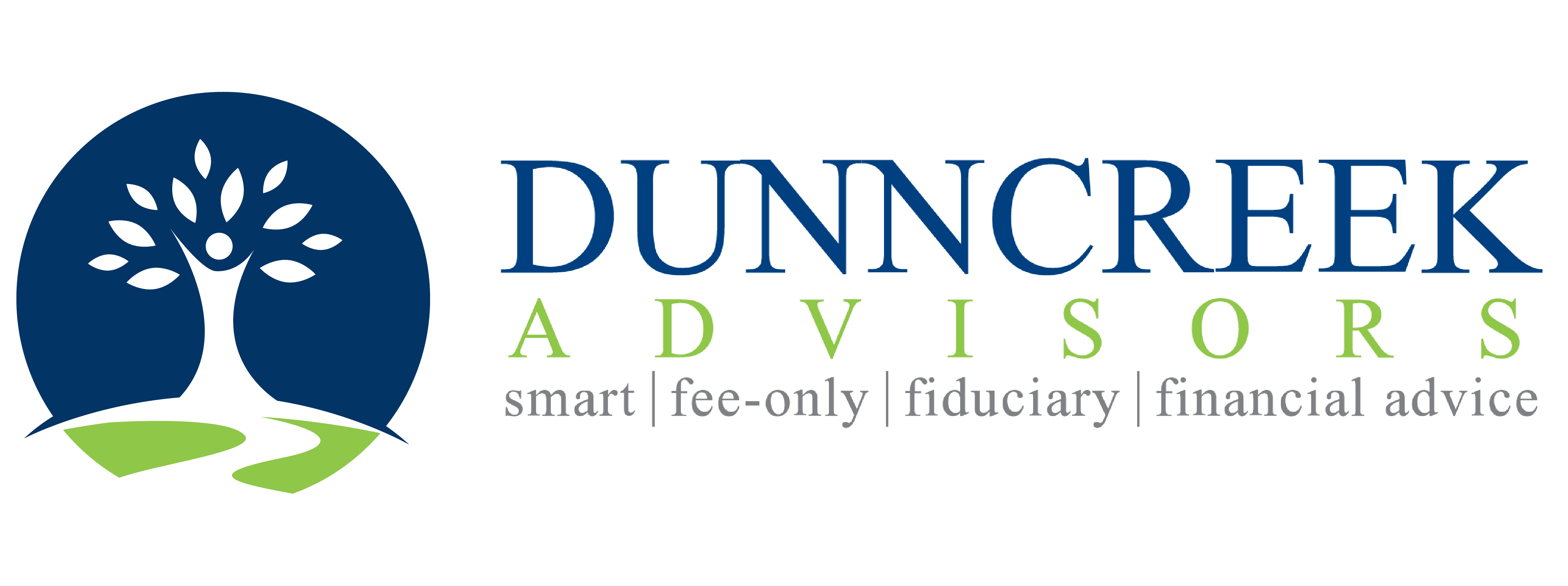Humans make mistakes. And the Required IRA Distribution rules can be tricky, especially if you’re new to retirement distributions. So if you are better than 70 ½ years old and you own an IRA, you may want to review this list. Remember, the penalty for failing to meet your Required Minimum Distribution (RMD) is a 50 percent tax on the distribution you missed.
Here are my top 10 RMD mistakes to avoid:
- Trying to roll over your RMD. RMDs are not eligible to be rolled over. You can take an RMD and make a Roth IRA contribution with that money. Or you can take an RMD and investment money in your brokerage account. But you cannot take a rollover from a company plan after age 70 ½ without first making the required distribution.
- Combining RMDs across spouses. All retirement accounts are owned by one worker. So, a married couple must make separate RMDs each year. Even if the couple files taxes jointly, RMDs are still separate.
- Not taking RMDs from real estate assets. You say you only have an LLC and tangible real estate in your self-directed IRA? The IRS does not care. You are required to distribute a minimum amount of the value of your IRA each year once you reach 70 ½. You may need to sell assets to generate cash to make the distribution.
- Trying to carry over your RMD from prior years. If you took double your RMD amount out of your IRA last year that does not get you off the RMD hook for this year.
- Assuming you don’t need to make an RMD because you’re still working. If you’re still working, you do not need to take RMDs from the plan of the company where you’re working, regardless of age. But this option does not apply to retirement plans at companies for which you no longer work. Nor does it apply if you own more than 5 percent of your company (counting family ownership).
- Making traditional IRA contributions after RMDs have begun. Once you reach age 70 ½, traditional IRA contributions must stop. (However, you can contribute to a Roth IRA if you have earned income. Roth IRAs have no age restrictions, only income restrictions.)
- Thinking your annual Qualified Charitable Distribution is limited by the RMD amount. You are permitted to make a distribution from a retirement plan directly to a qualified charity and claim no income tax due on the distribution, up to a limit of $100,000 per year. You can satisfy your entire RMD (assuming it is not more than $100,000) with a QCD. You can always take more out of your retirement account than the RMD amount.
- Getting RMD aggregation wrong. IRS rules allow a worker with more than one IRA to aggregate the IRAs and make RMDs from only one IRA as long as the total distribution meets the required amount. However, you cannot aggregate different types of retirement accounts, such as 401(k)s and IRAs.
- Just skipping the RMD. Missing an RMD is a significant mistake and will result in a 50 percent tax on any part of the RMD not withdrawn.
- RMD calculation errors. Using the wrong balance, wrong life expectancy and/or wrong age can be disastrous. Use the December 31 balance of the year before the distribution year. Also, remember that the life expectancy numbers are factors, not percentages. Finally, seek professional guidance when trying to figure out whether to use age 70 or 71 for the first RMD.
Now you have a better idea of how confusing
the RMD process can be. When done correctly, your required distributions can be
woven into your overall retirement income strategy. You may find that you have
questions about the best strategy for your family and your goals. If you do, I
suggest you look for an experienced and well-trained financial planner to help
you sort out your options.
A great place to start looking for that great advisor is to talk with a couple CERTIFIED FINANCIAL PLANNER™ professionals.
To find a CFP® professional near you, start your search here.
As you visit with financial planners, I suggest a couple things to check:
- Is the advisor always the client’s advocate – a fiduciary advisor?
- Is the advisor only paid by clients, not any financial product manufacturer or distribution network? That would be a fee-only advisor.
These two points help assure that you are working with a professional who is committed to your best interest at all times. It seems sort of obvious to me that a professional would work in this way, but it’s not automatic.
A fiduciary, fee-only, CFP® professional can help you manage your RMDs, create a retirement income strategy, and develop a comprehensive financial plan that is driven by your goals and priorities. And that plan can address all aspects of your financial life. With a big-picture approach, you will be better prepared to understand your options at every step along the way.
Yes, I am a CFP® professional. I’m always a fiduciary and I only work on a fee basis. And yes, I’m still taking on a few great families to be part of my financial planning practice.
If this article has you thinking about your own circumstances, contact my office at rdunn@dunncreekadvisors.com. I am always happy to meet with people who are working on their retirement plans. Dunncreek Advisors does not provide legal or tax advice, nor is this article intended to do so.


 Should I roll over my 401(k)? Six questions to ask yourself
Should I roll over my 401(k)? Six questions to ask yourself